When Should You Call a Plumber for a Clogged Toilet?
Enjoy reading the latest DIY articles and saving money?
Receive our latest helpful hints, tricks and savings, directly to your inbox.
Posted August 22, 2022
Did you know that about two-thirds of homes built in the US every year boast two bathrooms? One in every five houses even features three bathrooms!
Bathrooms are, after all, crucial to sanitation, making them integral to health. Indeed, if not for the toilets in these rooms, there would be no way to channel wastewater out of homes. Wastewater, in turn, harbors disease-causing pathogens like bacteria, parasites, and viruses.
So, you have your toilets to thank for that you don’t get exposed to such dangers.
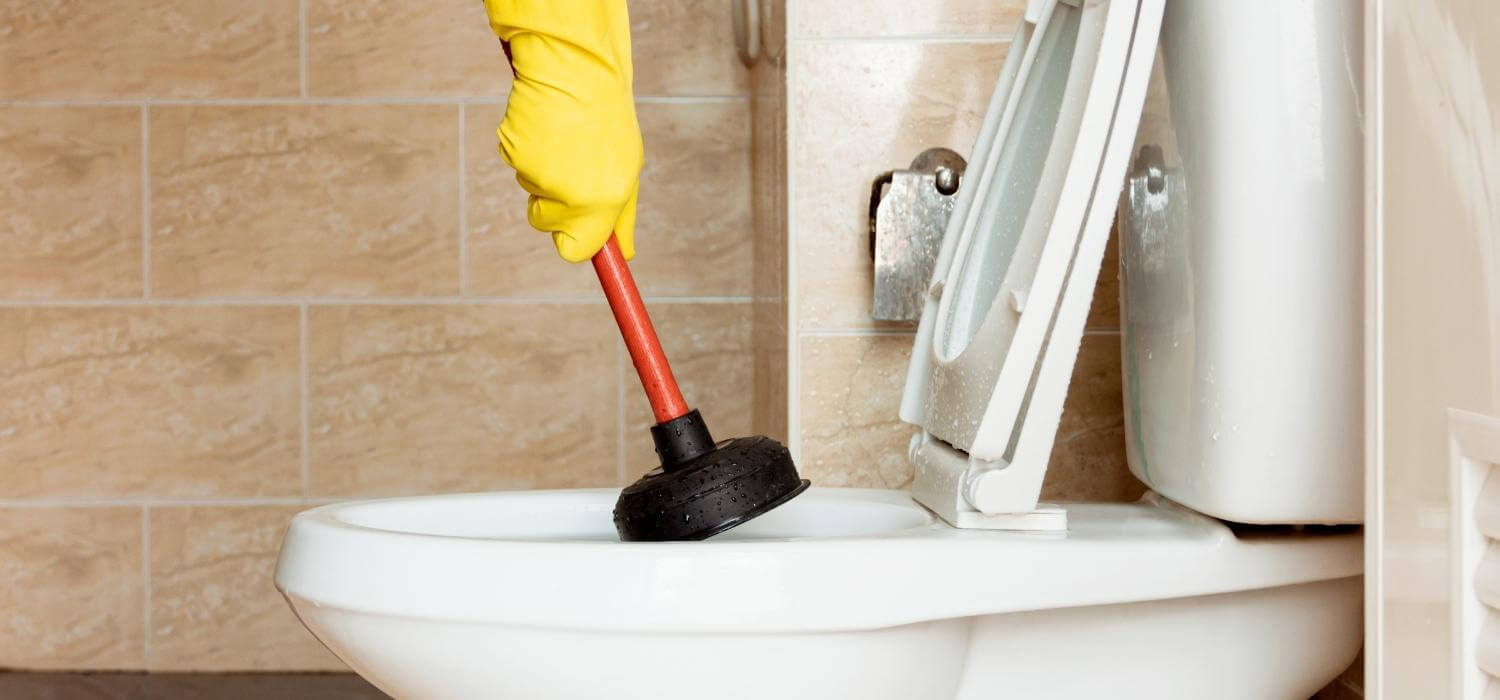
However, a clogged toilet can put your household at risk of wastewater exposure. Thus, it pays to know what to do and when to call a plumber in such a situation.
Don’t worry, as we’re here to discuss both. So, read on to learn about your DIY options and when it’s a must to call the pros.
A Foreign Object Caused the Clog
Always remind your household about the three “Ps” that are safe to flush in the toilet: (toilet) paper, pee, and poop. These are the only things that the force of a flush can break down, safely carrying them into the sewers. Anything outside those 3 Ps is a foreign object you should never flush.
So, if you have kids and they tell you they dropped a toy or any other solid matter in the toilet, ask them if they flushed it. It’s also best to determine the size of the item. Even something as small as a Lego block can already wreak havoc on your entire plumbing system.
Hopefully, your kids haven’t flushed the toilet yet. In that case, you can try retrieving it with a plumber’s snake (also called an auger) first. Hiring a plumber is your next best bet if that doesn’t work, as the pro may already have to disassemble the hardware.
You Dropped Something Valuable
It’s more common to drop rings, earrings, bracelets, or necklaces in sinks. It’s also easier to retrieve them because they’re likely to sink to the bottom of a sink’s P-trap. The P-trap is the P-shaped pipe underneath sinks that connect them to a drain line.
Toilets have P-traps, too, but the force of a flush can be powerful enough to whisk away small items into drain pipes. So, if you flush right after dropping your valuable into the bowl, it likely won’t stay in the toilet P-trap.
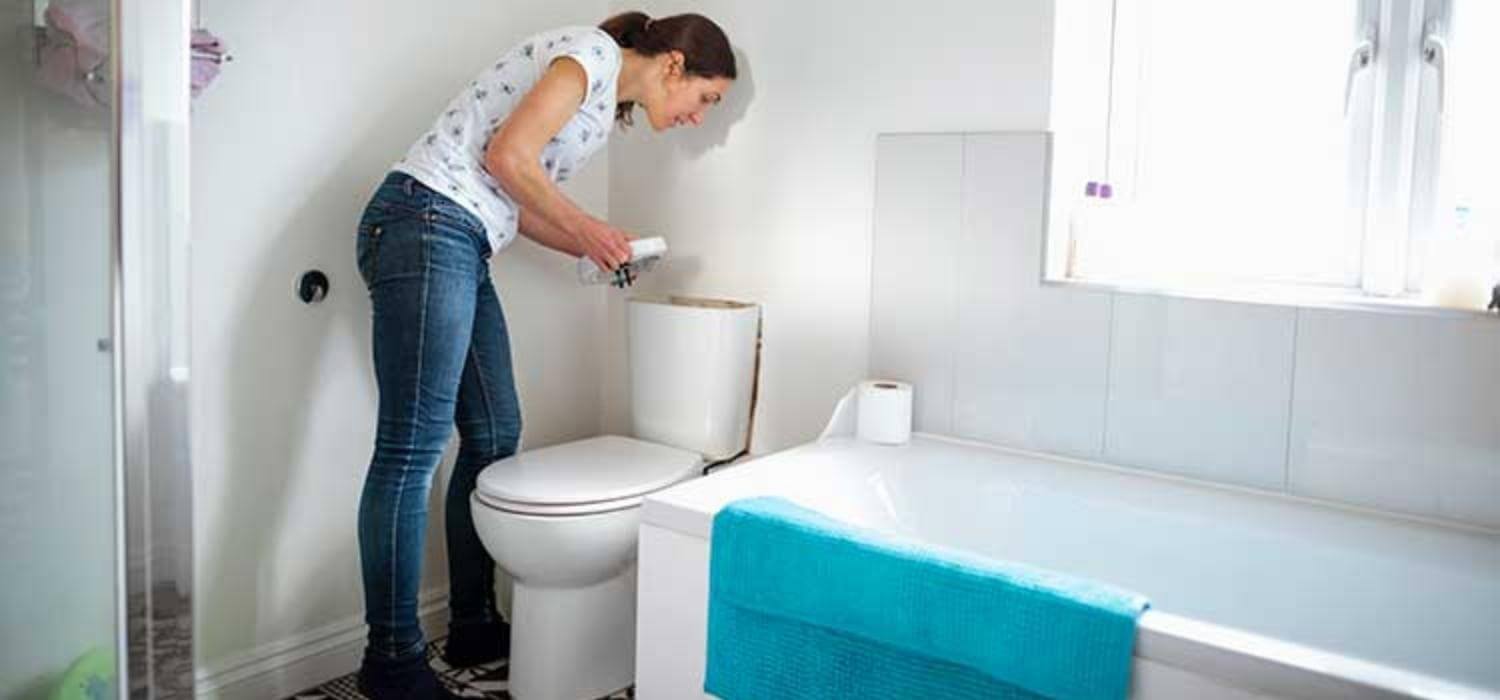
Don’t flush the toilet if you still want to retrieve your jewelry. Instead, try using your plumber’s snake to get it back first. However, prepare yourself for an unpleasant experience, as you might retrieve something else.
If that doesn’t work, you already need an emergency plumber to help retrieve your valuable. It’s best to opt for a 24/7 service provider to ensure that an expert can get to your house within the next hour. Otherwise, you may not be able to flush or use the toilet until you get your precious jewelry back.
DIY Plunging Doesn’t Work
There are four types of plungers, one of which is specifically for toilets. Also called flange plungers, toilet plungers have a cup similar to sink plungers. However, they also have an extra rubber flap extending out to fit over toilet drain openings.
It’s best to use a flange plunger for toilet problems, as a sink plunger works best on flat surfaces.
To begin unclogging a toilet with a flange plunger, run its cup under some hot water first. That can help loosen up the rubber, allowing it to create a better seal over the toilet drain hole.
Next, position the cup directly over the drain opening, ensuring the flap goes inside the hole. Then, give the plunger’s handle a gentle first push to create a seal.
After that, push and pull the tool quickly and with more force for about 20 to 30 seconds. Then, lift out the plunger, ensuring that you don’t get splattered with toilet water. Finally, try flushing the toilet again to check if your DIY plunging trick worked.
If it still takes forever and you don’t have a toilet snake, calling a plumber should be your next step.
DIY Toilet Snaking Doesn’t Work
Suppose you bought a plumber’s snake because you recently encountered common sink problems. You might be wondering if you can use the same on your clogged toilets. The answer is you can, but there’s a risk of damaging the toilet’s porcelain materials.
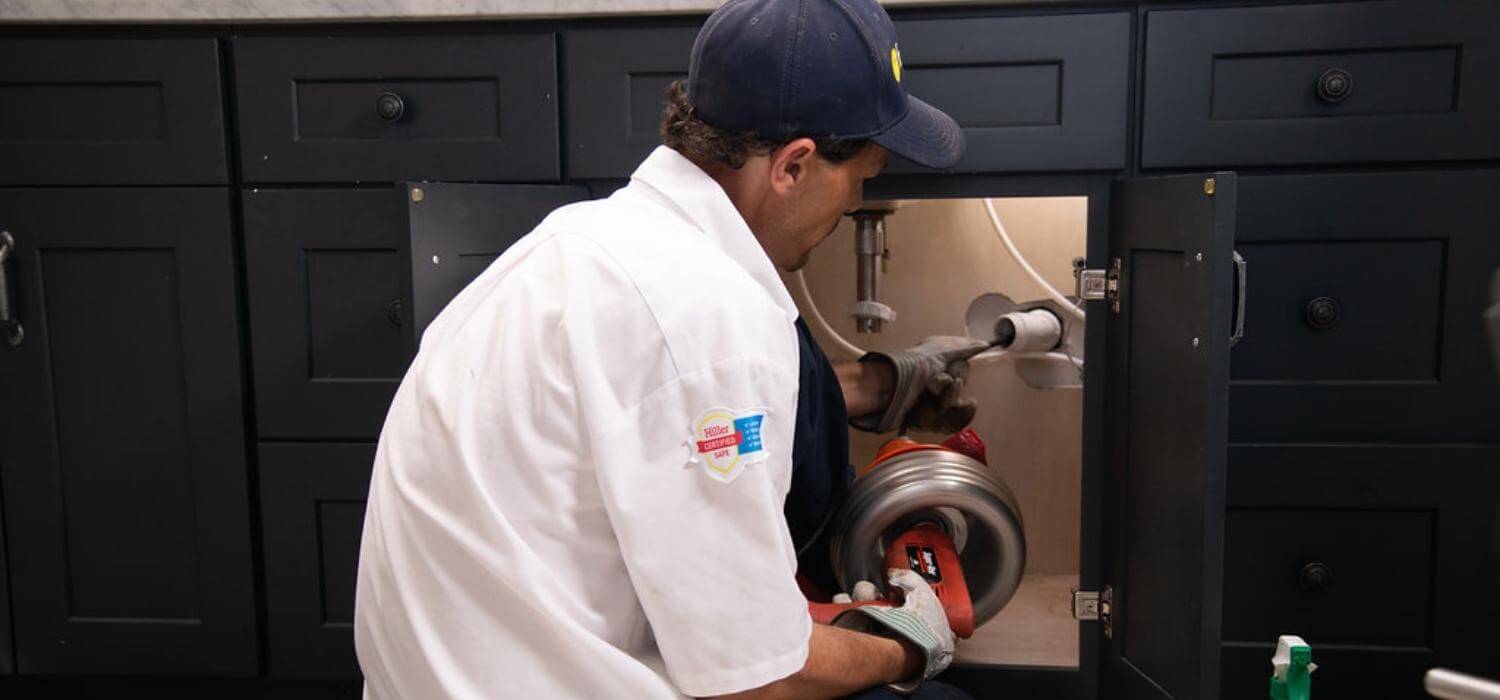
That’s why manufacturers make augers specific to toilets to prevent porcelain damage. If you don’t have a toilet snake, you can get one from a hardware or home improvement store.
Once you have a toilet snake, set the end of its metal cable into the bowl and insert it inside the drain opening. Next, crank the tool’s handle to feed the line into the drain until you feel resistance. That indicates you’ve reached the clog.
As soon as you feel the resistance, retract the cable slowly by turning the handle the other way around. If you’re successful, the clog should come out or become dislodged. You can then feed the snake into the toilet again to ensure you’ve removed the blockage.
If you don’t feel any more resistance, retract the snake and clean and disinfect it. Then, try flushing the toilet again.
If you successfully removed the clog, your toilet must now function as it should. If not, it’s time to ring up your local plumbers for immediate assistance.
More Than One Clogged Toilet
Multiple clogged toilets indicate a problem in your main drain or sewer lateral.
The main drain is a single pipe connected to all the other drain pipes inside your home. It usually runs under the basement or the foundation slab. Its primary job is to carry the wastewater you generate to the municipal sewer line.
On the other hand, your sewer lateral is a short pipe extending from your main sewer. It’s the last place your wastewater flows through before entering a public sewer line. It typically runs under the lawn or beneath the edge of your property line.
Unless you’re part of the 20% of Americans with a private septic tank, you likely use the municipal sewers.
Hence, many of your drains won’t work right if there’s a clog in your main or sewer lateral. That includes your toilets’ waste pipes.
So, if you have two or more bathrooms at home and none of their toilets flush correctly, call a plumber ASAP.
You Also Have Clogged Drains
Remember: All your plumbing fixtures have drains that converge in your sewer drain. That includes floor, shower, tub, and sink drains. Your washing machine also has a separate line that dumps used water in the main drain.
Therefore, a clog in your main sewer line can affect multiple toilets and other drains. However, symptoms usually appear first on low-lying fixtures. So, aside from toilets, your shower, tub, and floor drains may take longer to funnel used water out of your home.
Please call a plumber as soon as you notice such signs, as they usually signal an emergency. A professional can diagnose the problem by performing a drain inspection. That can uncover a main sewer clog, which prompt drain cleaning can resolve.
Toilet Backs up Into the Shower
When you flush the toilet, do you hear a gurgling sound coming out of your shower or tub drain? You might have even noticed how wastewater comes out of those drains.
Either way, that’s another sign you have a severe issue likely affecting your main sewer line. It indicates that the clog is sending back the wastewater into your home. If your tub or shower drain sits lower than the toilet drain, the waste has no other choice but to back up the former.
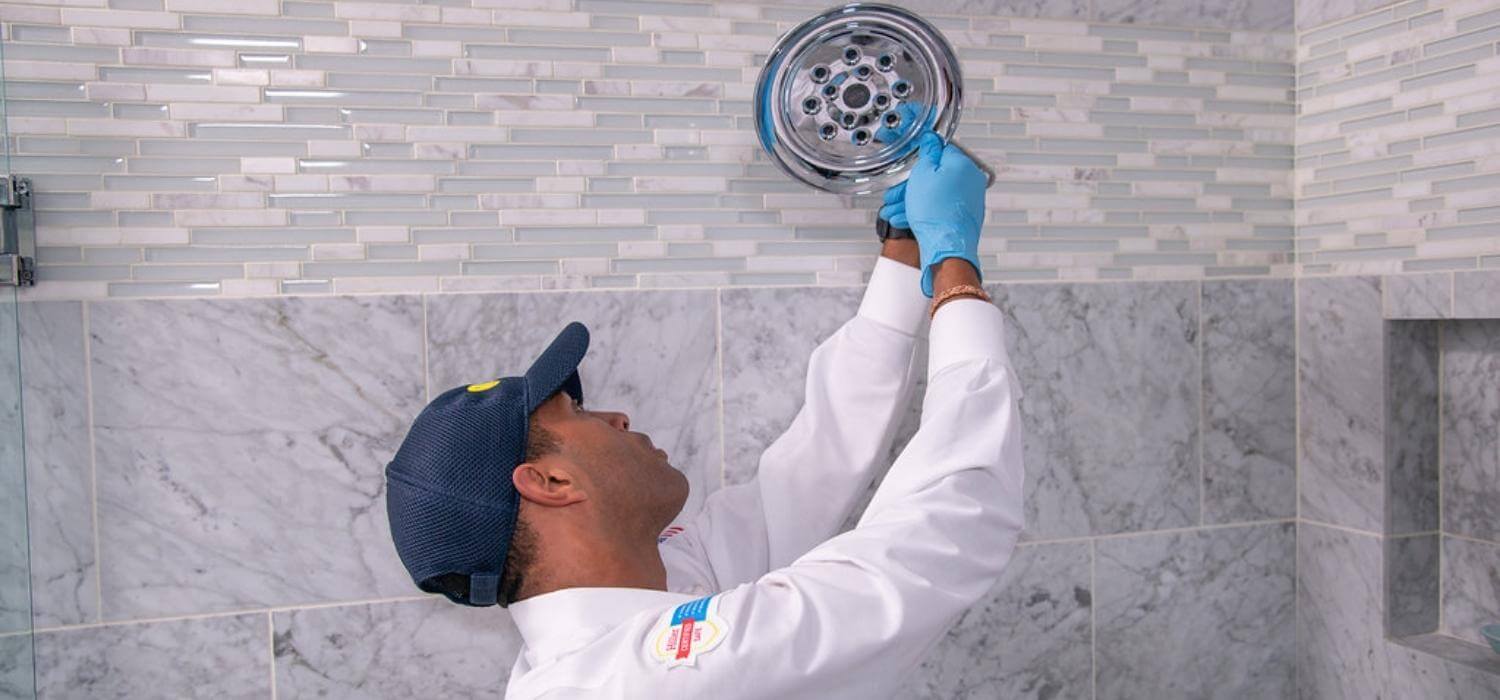
Please avoid getting into the shower or tub to try and fix the issue on your own. Remember: You’re now dealing with wastewater, which can cause diseases like diarrhea.
Instead of putting yourself at risk, please call an emergency plumber without delay. Let the professional handle the drain cleaning and waste clean-up.
Water Overflows From the Bowl
An overflowing toilet is a plumbing emergency that warrants a plumber ASAP. It’s spilling wastewater that can put your entire household’s safety at risk. So, please don’t delay calling a plumbing professional offering 24/7 services.
While waiting for the emergency plumber, have everyone at home stop using water. Otherwise, more wastewater can end up overflowing out your toilets and drains.
It’s also wise to shut off your home’s main water supply. That can help minimize the risk of a family member running the water by accident.
Your Bathroom Smells Like the Sewer
In most cases, sewer smells in bathrooms result from dry P-traps, usually those in sinks. That’s easy to resolve, as you only need to run the tap to refill the bend in the pipe with water.
However, if those foul odors accompany a clogged toilet, you likely have a blocked line. That blockage, in turn, may have caused waste matter to remain stuck in the pipe. As a result, it’s now decaying, emitting sewer gases that fill up your bathroom.
Sewer gases smell so bad that they can make you gag. Unfortunately, exposure to them can also cause eye and nose irritation. They can also make it difficult to breathe, and you may feel dizzy or nauseous.
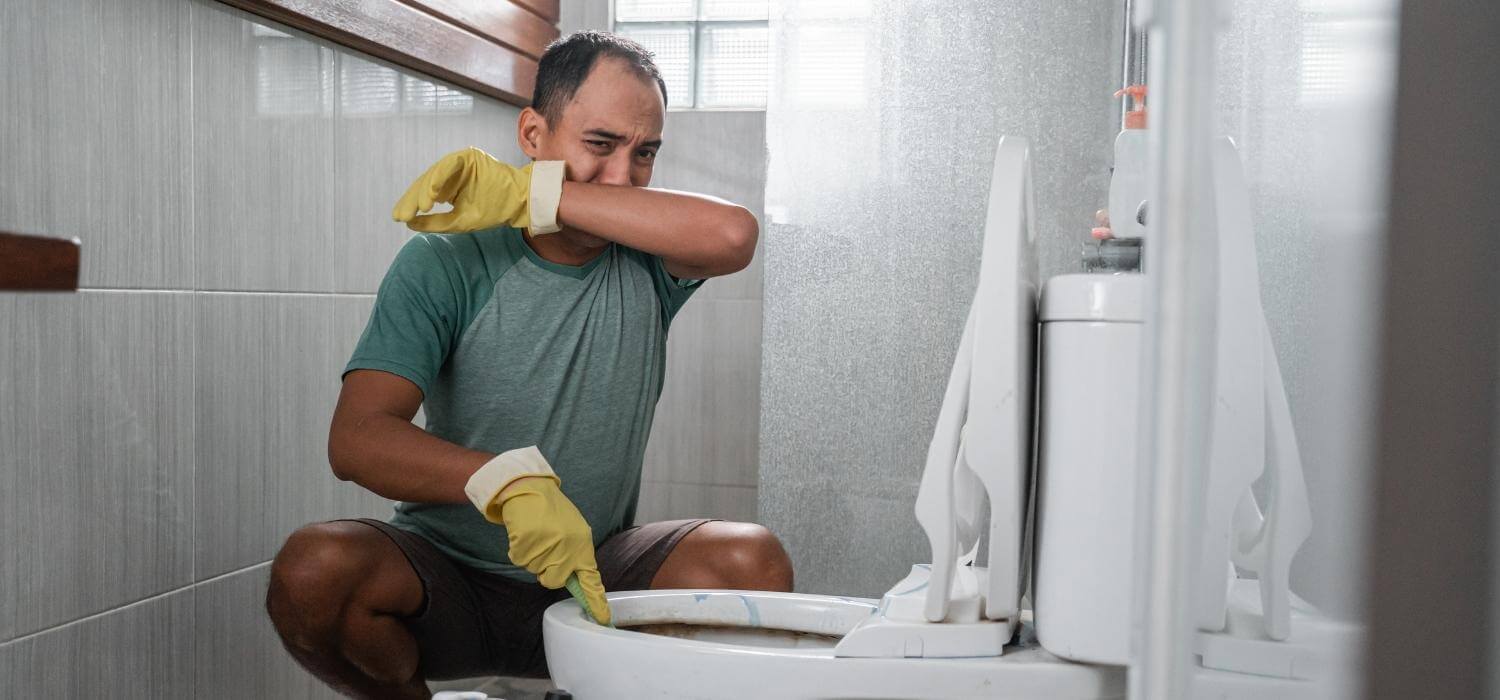
Please don’t ignore the stench; instead, contact a professional plumber ASAP. Waste may back up your toilets and drains if you wait too long.
Your Toilet Has Seen Better Days
If this isn’t the first time your toilet (or toilets) experienced a clog, calling a plumber is your best bet.
That doesn’t automatically indicate a blocked main sewer. However, a stoppage has likely occurred in your toilet drain pipes.
Another good reason to call a pro in such scenarios is to get your toilet’s overall condition checked out. For example, its flushing efficiency might have decreased because of old age. It may also have a worn or cracked wax ring, which makes water seep out of its base whenever you flush.
Depending on the plumber’s diagnosis, you may only need toilet repairs. Another possible solution is drain cleaning for just the affected fixtures. However, the plumber may recommend upgrading your toilets if they’re old and inefficient.
You Live in an Older Home
According to the latest data, more than a third of owner-occupied homes in the US are at least 50 years old. By contrast, only 4% has been around since 2010.
If you live in an older home, you may still be relying on its original plumbing system. In that case, it’s best to hire a plumber if you have a clogged toilet that may be as old as your house. Tell the pro you want a comprehensive inspection to verify your system’s age.
One reason is that the older a plumbing system is, the more prone it is to developing clogs. That, in turn, often results from the materials used back then for pipes, such as cast iron or even lead.
As those pipes age, they can start to deform or deteriorate, increasing the risk of blockages. The more they degrade, the higher their likelihood of developing damage like cracks. They may even collapse, resulting in drain failures, including clogged toilets.
With that said, please consider having your old system inspected thoroughly by a pro. The sooner an expert does, the sooner they can unclog your toilet and carry out repairs. That can help prevent more severe problems, such as pipe collapses, down the road.
Get Pro Help for a Clogged Toilet
As you can see, there are only a few instances wherein you can try fixing a clogged toilet yourself.
It’s okay to DIY if it’s only affecting one toilet or if it’s the first time this happened. Just make sure you use a flange plunger and a toilet snake. If neither of those methods works, don’t delay calling a professional for help.
Do you have a malfunctioning toilet that you can’t fix? If so, we’re happy to help! Call us now so we can look into it and resolve all your toilet woes.
 Daily Promotion
Daily Promotion
$500 Off Tankless Water Heater
Upgrade your comfort and give back this season.
Get Promotion